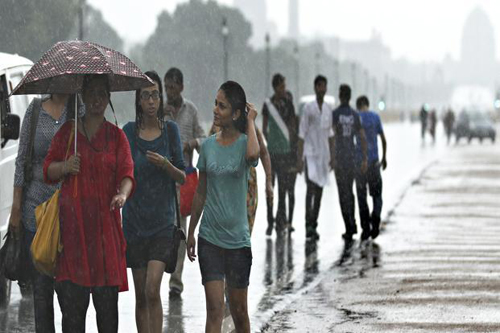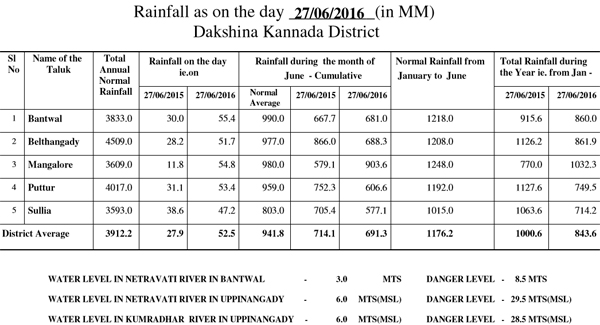Bengaluru, Jun 26: Karnataka recorded 445 new Covid cases, majority of whom were contacts of earlier positive cases, breaching the 11,000 mark to settle at 11,005, an official said on Friday.
"New cases reported from Thursday 5 p.m. to Friday 5 p.m., 445," said a health official on Friday.
In the past 24 hours, 10 patients succumbed to the virus in Karnataka, three in Bengaluru Urban and one each in Kolar, Dharwad, Shivamogga, Bagalkote, Bidar, Kalaburagi and Ballari.
Like everyday, contacts of earlier cases outnumbered domestic returnees in the number of infections, constituting 39 per cent.
Positive cases with domestic travel history numbered 65, a mere 15 per cent and majority to Maharashtra.
There were also 21 cases with international travel history to countries like Oman, Qatar, Saudi Arabia and Dubai.
On Friday, cases spiked in Bengaluru Urban, Ballari, Kalaburagi, Koppal, Dakshina Kannada, Dharwad, Raichur, Gadag, Chamarajanagar, Udupi, Yadgir, Mandya, Uttara Kannada, Bagalkote, Shivamogga, Kolar and Mysuru.
Among the new cases, Bengaluru Urban accounted for 144, followed by Ballari (47), Kalaburagi (42), Koppal (36), Dakshina Kannada (33), Dharwad (30), Raichur (14), Gadag (12), Chamarajanagar (11), Udupi (9), Yadgir (7), Mandya, Uttara Kannada, Bagalkote, Shivamogga and Kolar (6 each).
Mysuru (5), Chikkamagaluru and Kodagu (4 each), Hassan and Bengaluru Rural (3 each), Vijayapura, Tumkur and Haveri (2 each) and Bidar, Belagavi, Davangere, Ramanagara and Chitradurga (1 each).
As many 144 patients are suffering from Influenza-like Illness (ILI) and 19 from Severe Acute Respiratory Infection (SARI).
In all, 5.68 lakh samples have been tested so far, of which 5.41 lakh tested negative.
Meanwhile, 178 patients are admitted in the ICU.
Of the total 180 deaths, Bengaluru Urban has accounted for 81, followed by Bidar (16), Kalaburagi (15), Ballari (9) and Dakshina Kannada (8), among others.







Comments
this is also modi problem.
Add new comment